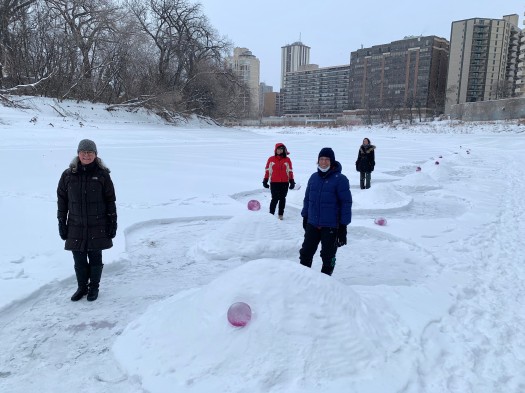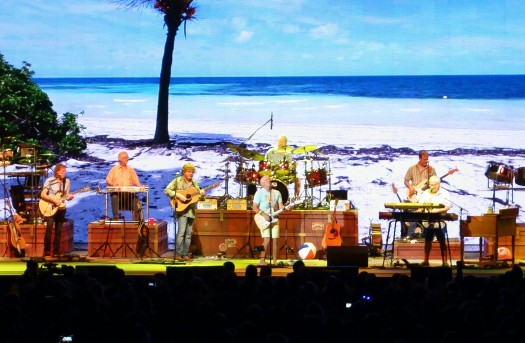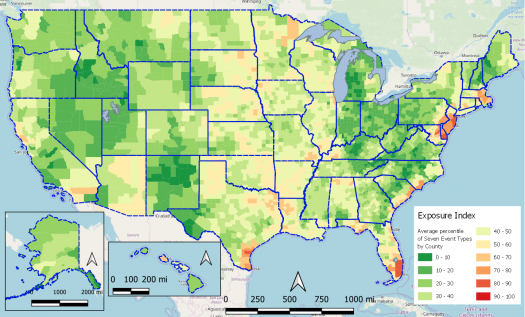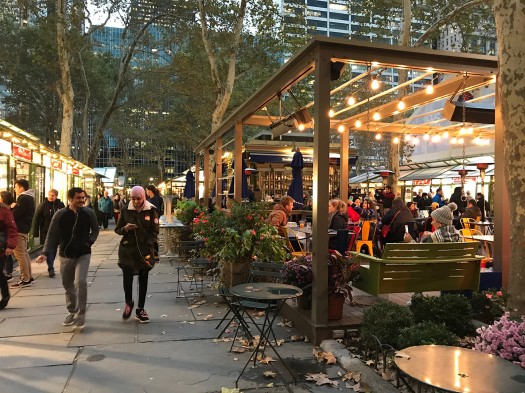Posts Tagged ‘Resilience’
Green Infrastructure: Let’s get spongy!
Green infrastructure encompasses a range of innovative, nature-based solutions, such as green roofs, rain gardens, permeable pavements, and bioswales. These approaches work in harmony with the environment to manage stormwater, reduce urban heat island effects, and promote biodiversity. By integrating green infrastructure into urban planning, we can make our communities more resilient, sustainable, and adaptable…
Read MoreSerpentine Maze: Pop-up parks in a time of pandemic
In this week’s post, PlaceMaker Hazel Borys walks us through a pop-up park that she and her friends built. And how it helps implement three of the 22 actions of the Pandemic Toolkit. Click below to launch.
Read MoreA Pirate Looks at . . . Seventy? (Reflections on a Long Career, with Six Essentials for Greener, Healthier Communities)
Most people who know my work expect the writing I do in this space, as well as my speaking, to focus on what we should be doing to create and sustain greener, healthier communities. Don’t worry, that’s eventually where this particular piece of writing is going. I can’t help myself when it comes to that subject. But I’m not going to start there: allow me to self-indulge my way around a few personal detours first. I’ll try to make them entertaining…
Read MoreClimate Adaptation: A weather report
This is a case study of the application of Scott’s argument that will be presented at the upcoming virtual Congress, CNU28, during the Wednesday, June 10, 2:30pm EDT session, New Tools for Urban Resilience, as well as part of our ongoing series in support of urbanist COVID-19 policy discussions. Among the lessons the COVID-19 crisis…
Read MoreShelter in Place: Working in a time of isolation
In this time of social distancing without a clear time frame, I’m feeling the need to share some of the things I’ve learned over 17 years of working from a home office. It’s clear that the novel corona virus will disrupt our previous ways of doing business, but it’s possible some parts of that may…
Read MoreMoving Beyond “Smart Growth” to a More Holistic City Agenda
Originally published almost four years ago and every bit as relevant today. I have spent most of the last twenty years working on an agenda grounded in, for lack of a better phrase, “smart growth.” That agenda basically holds that our regions must replace suburban sprawl with more compact forms of growth and development; that…
Read MoreResolved for 2018: Fewer delusions, more reality-based planning
Okay, so we’re shaking off the shock therapy of 2017 and ready to move on, right? Let’s start with admitting some of the stuff a lot of us got wrong about challenges and solutions in municipal and regional planning. Such as: Our misplaced overconfidence in the stability of basic institutions, especially those requiring democratic processes.
Read MoreYear End Reflections: Gratitude for Livable Places
As the year draws to a close, reflection is an important rite of passage: celebrating, mourning, learning, and letting go. 2017 has not been the sort of year in which gratitude is the obvious emotion of choice on many levels. Yet the act of searching for what is beneficial, transformative, and noteworthy helps process through…
Read MorePlaces that Pay: Benefits of placemaking v2
“Reconciliation is making peace with reality, our ideals, and the gap in between,” via Her Honour, Janice C. Filmon, Lieutenant Governor of Manitoba. Much of our work here at PlaceMakers is about redirecting the trajectory of where we are headed with the targets needed to ensure the wellness of our environment, equity, and economy, so…
Read MoreCorrosion of Community: Impossible standards as an excuse for inaction
In a coming post I’ll be addressing the long crawl towards walkability, and towards communities where the promise of meaningful transportation choice becomes increasingly realized. Long story short, the process, already difficult, can become harder rather than easier over time for reasons I’ll explain. But first, let’s revisit the struggles of just getting started with…
Read More






